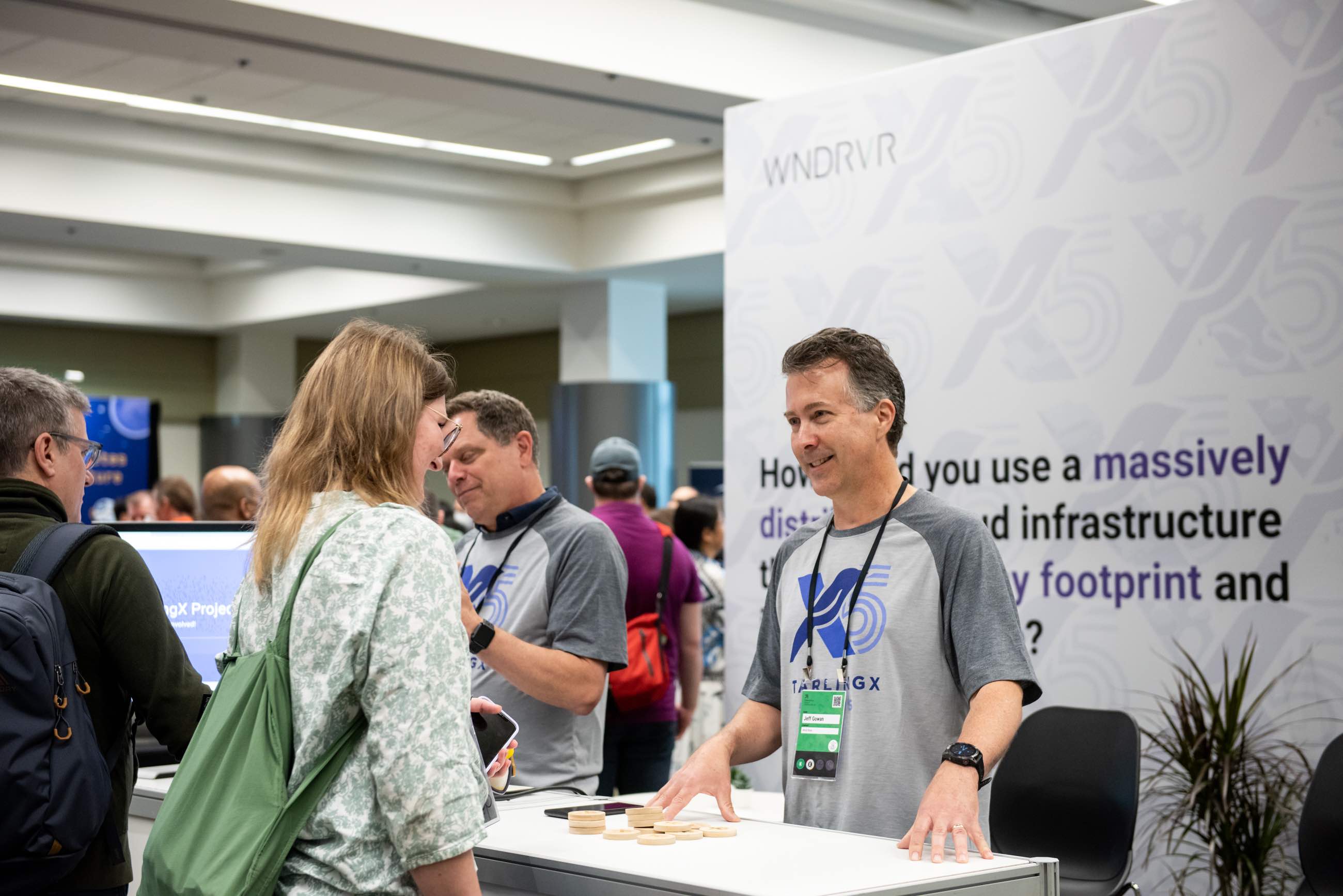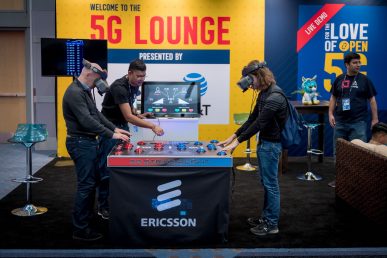Edge and 5G are not just something we talk about anymore, as the work done at the recent Open Infrastructure Summit, Forum and PTG shows.
Once considered something only applicable in the far-off future, at the Open Infrastructure Summit Denver both use cases took center stage from the keynote and breakout presentations. They were also the focus of collaborative sessions at the Forum and Project Teams Gathering, where project teams, working groups and SIGs meet to plan and develop upcoming releases.
You can catch all the conference presentations and panel discussions online, filtering for tracks like Edge Computing to find the ones that interest you most. For more, checkout this blog post from the StarlingX community highlighting their Summit session recordings.
Deep dive into the sessions and what’s next
There was a half-day StarlingX workshop where attendees learned how to deploy the platform and take advantage of the features on offer. At the hands-on session,participants moved at their own pace with StarlingX community members on tap as mentors if they hit a snag or had questions. More details on the workshop on the StarlingX blog.
In parallel to the Summit sessions, community members also met at the Forum. This part of the conference features working sessions to encourage further discussions between users, operators and developers to strengthen the feedback loop between folks who use the software and those who are implement it.
The OSF Edge Computing Group and StarlingX led a number of sessions at the Forum:
- The Edge Group organized three sessions to discuss ongoing activities and plan next steps. The first covered the ongoing work to define reference architectures for edge scenarios. During the session, we briefly reviewed the current centralized and distributed models that the group has been working on. Attendees at the session agreed that the current models are relevant, but not the only suitable models for edge deployments. The current models follow a minimalistic approach that we walked through. Action items from the session include looking into how to setup existing models in test environments while extending the models in a second phase. The additional components included employing Ironic for bare metal management and Horizon for dashboard.
- A session on edge use cases focused on reviewing the currently available list and identifying new ones. The discussion covered how the reference architectures relate to the already identified use cases. The discussion included gaming and broadcasting as participants discussed technologies as network slicing and the challenges of end-to-end mapping. Talk also touched on items like remotely managing edge sites in an automated fashion. The conclusion of the session was that all of the identified use cases are relevant and several on the list are in focus all over the industry. Attendees also re-emphasized on the importance of reference architectures and testing activities.
- The feedback and roadmap session covered discussions about the Edge Computing Group’s mission statement and summarized the discussions of the previous two sessions to prioritize next steps which are mainly around testing and the reference architecture work. During the session folks also talked about writing up a white paper to give an overview of the use cases the group is working on and the corresponding reference architecture work.
- Similarly to the Edge group, StarlingX community members gathered at the Forum to discuss relevant topics and connect with users and operators for feedback and roadmap planning.
- As StarlingX moves towards containerized control plane services and in turn offering environments where users can run mixed container or virtual machine-based workloads, a session brought into focus how to leverage Keystone in that environment. (StarlingX uses Keystone as the identity management service which can also help with the challenges of multi-tenancy in Kubernetes-based deployments.)
- A follow-up Forum session for the above topic addressed how to run the aforementioned mixed workloads on a single node. One of the challenges is to address the different ways how OpenStack and Kubernetes solves resource management tasks. And one more Forum session was held on the path of containerization which was targeting collaboration between OpenStack Helm, Airship and StarlingX to make sure the deployment of components is smooth and flexible.
- To further cross-project collaboration, a session at the Forum focused on packaging services. StarlingX and OpenStack contributors discussed best practices that the OpenStack project has gathered over the past couple of years to ensure that services are available for deployment on different Linux distributions. During the session, participants covered ways to store and structure manifest files to make sure to have a flexible and robust process that doesn’t require too much overhead from the community.
Get involved
StarlingX
Check out the code on Git repositories: https://git.openstack.org/cgit/?q=stx
Keep up with what’s happening with the mailing lists: lists.starlingx.io
There are also weekly calls you can join: wiki.openstack.org/wiki/StarlingX#Meetings
Or for questions hop on Freenode IRC: #starlingx
You can also read up on project documentation: https://wiki.openstack.org/wiki/StarlingX
Edge
Check out the dedicated Edge page featuring a white paper, info on the weekly WG meetings and IRC.
Photo // CC BY NC
- Cloud Platform Monitoring, Digital Twins and a Real-time Context Broker - August 2, 2023
- StarlingX is 5 Years Old, and more from the OpenInfra Summit - July 11, 2023
- StarlingX is Turning 5! - June 13, 2023

)










